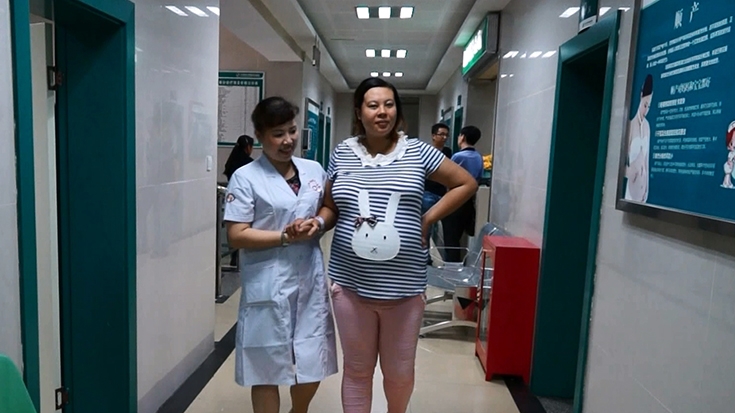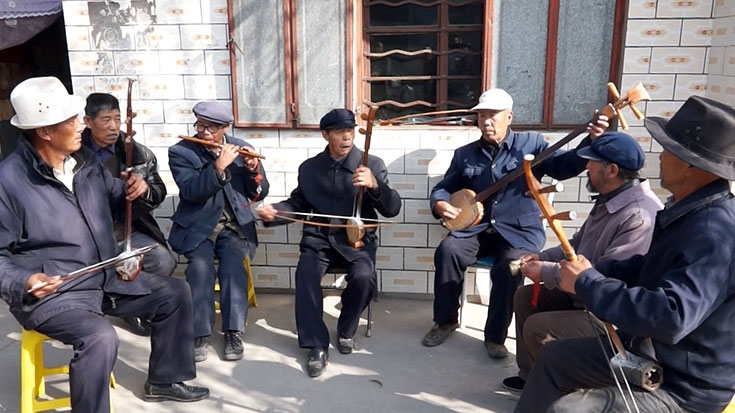CHALLENGES:
In 2008, China’s health sector faced four key challenges:
- Significant health inequalities: Since the mid-1990s infant and maternal mortality rates in rural China had consistently been two to three times higher than those in urban areas. In the poorest fifth of the population covered by China’s maternal and child health observation system, the maternal mortality rate was 73 per 100,000 live births; in the richest fifth, the rate was 17 per 100,000.
- Decreasing affordability of health care: out-of-pocket expenses constituted a barrier to obtaining care and a cause of poverty. Not only did the cost of care increase disproportionately to per capita income growth over recent years, but patients also paid a larger share of the cost out of their own pockets.
- Poor quality of care and low efficiency in health service delivery: The qualification and skill of providers was low, especially at the village level. Studies confirmed widespread perception of unnecessary care, particularly when it came to excessive drug prescriptions and hospital lengths of stay. In addition, the efficiency of health care providers was also a matter of concern.
- Weak public health functions: Decentralized and partially funded by government general revenue, public health institutions tended to focus on non-primary, non-preventative care in order to generate revenue. The dual challenge of communicable disease and non-communicable disease posed additional burdens on the monitoring and prevention function of the public health system.
In recent years, the government of China has made great efforts to address these concerns, by rolling out of the New Rural Cooperative Medical Scheme, urban resident health insurance and Medical Assistance Program. It has also actively engaged in reforming public health institutions and policies, and substantially increased government spending on public health. Efforts are also underway to improve the performance of health care providers, such as through essential drug lists, competitive selection of managers, increased reliance on contracting staff, contracting out of support services, and vertical and horizontal integration.
SOLUTION:
The China Rural Health Project was designed to support key innovations and generate knowledge useful to the government for its ongoing health reform program, with an objective to achieve increased and more equitable access to quality health services, improved financial protection, and better management of public health threats in pilot provinces and counties, with lessons to support reforms in non-project areas.
The project focused on three reform areas:
- improving rural health financing;
- improving quality, efficiency and cost control in service delivery; and
- financing and organization of core public health functions.





